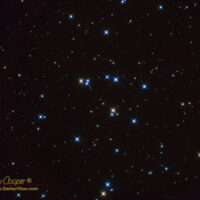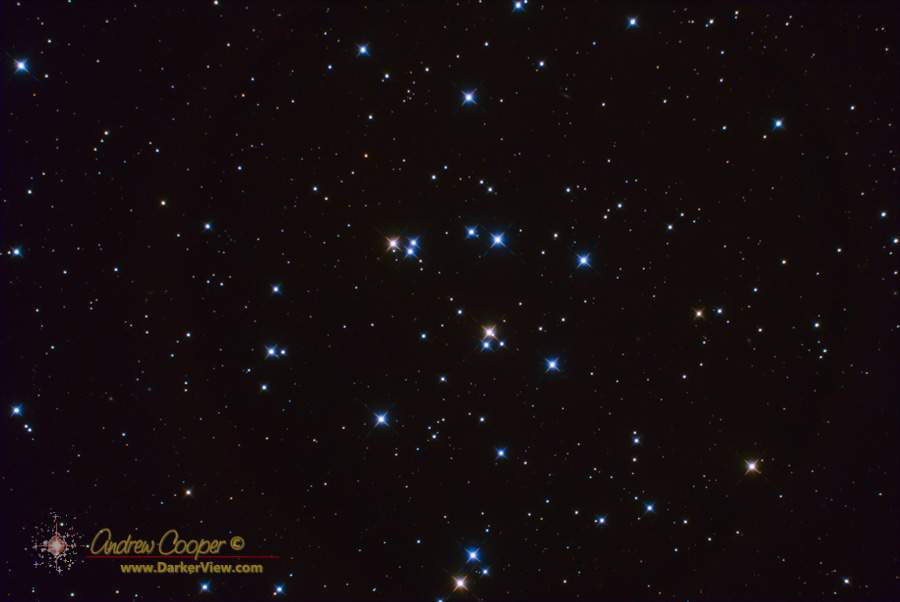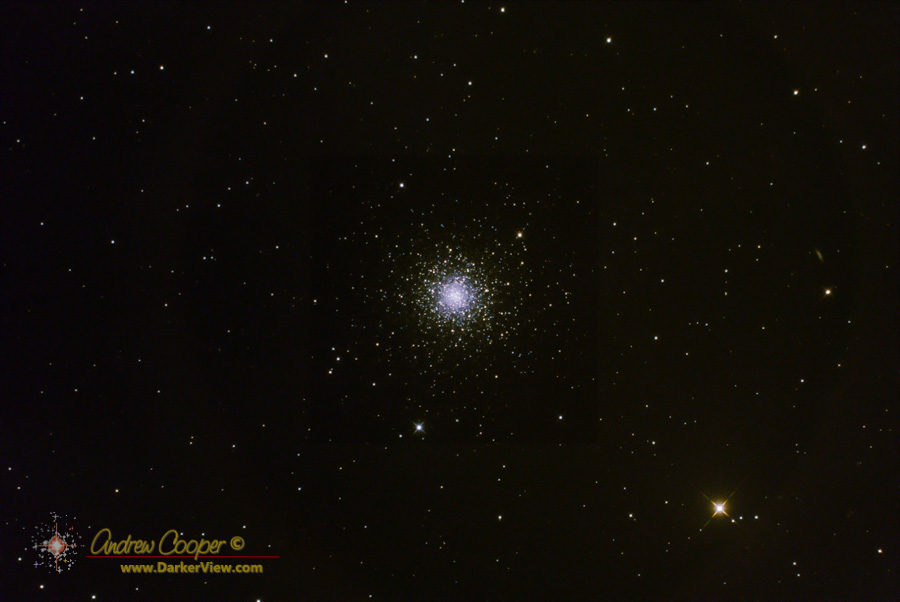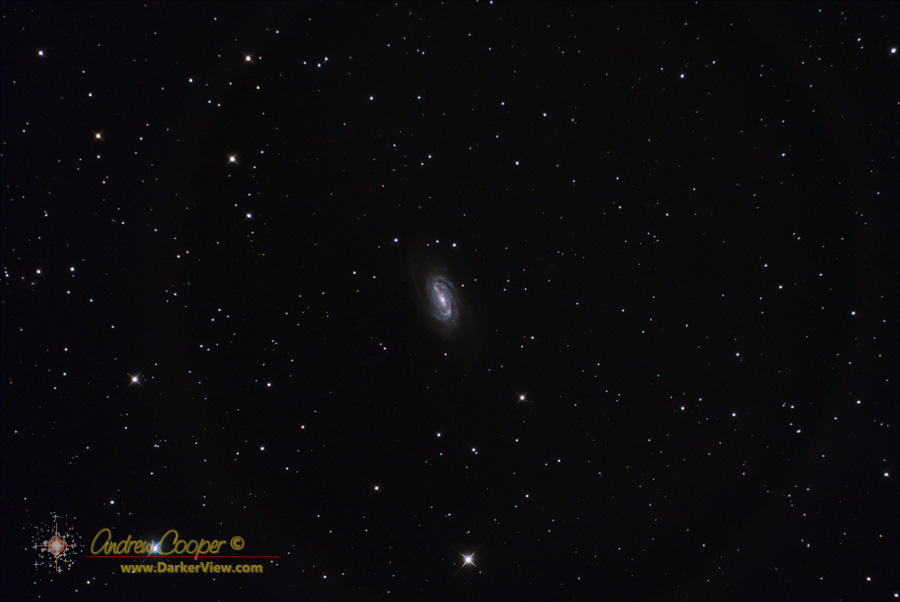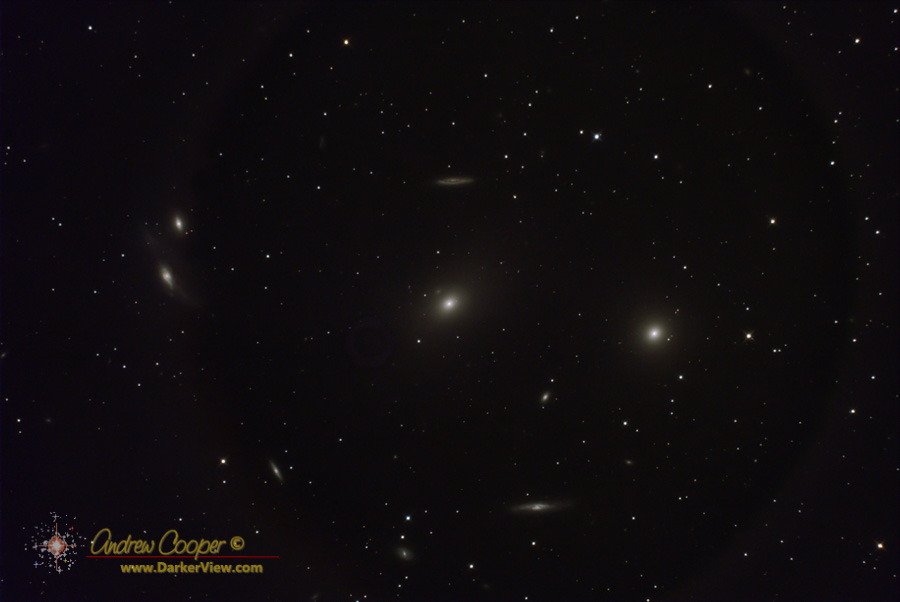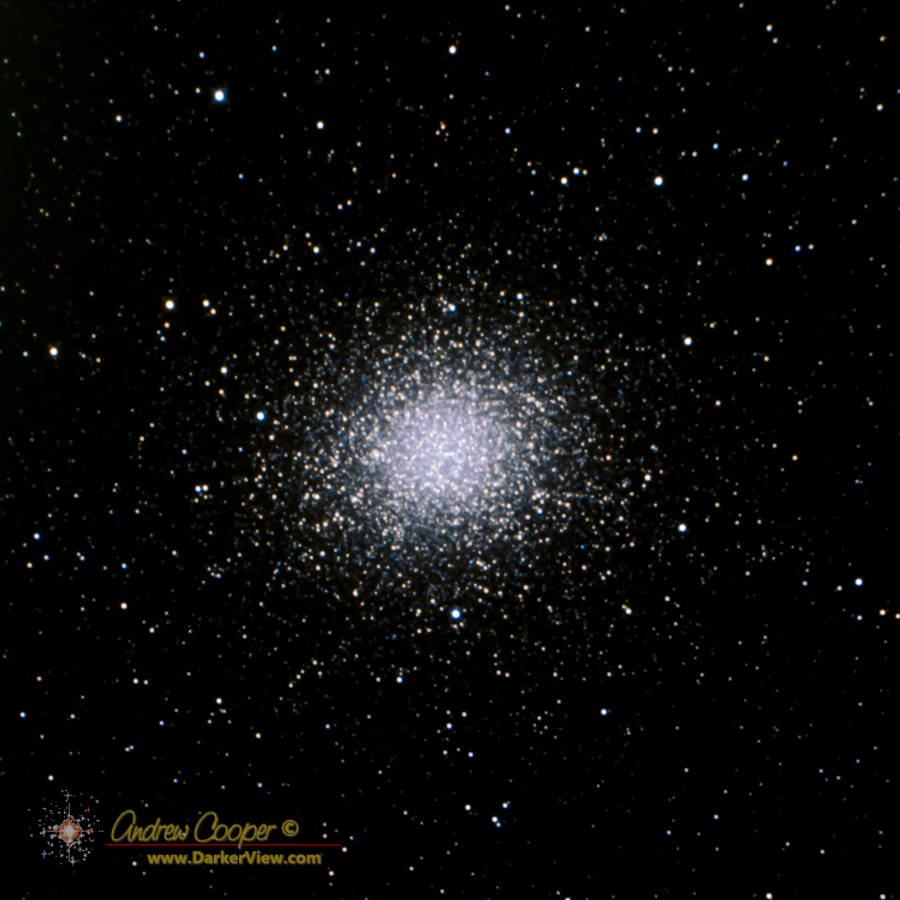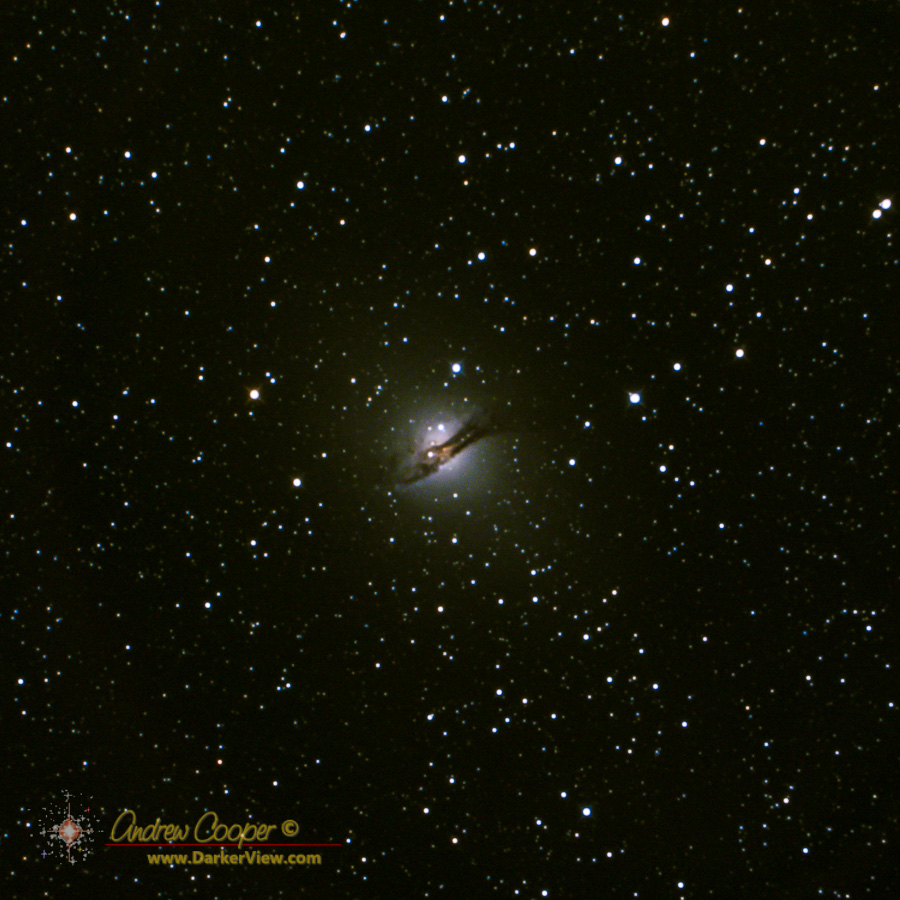Due to a plan that failed I ended up with a borrowed astro camera for a couple weeks. Since I have it I may as well play with it a bit.
The camera is the ZWO ASI2600MC Pro, a one-shot color camera specificaly for astrophotography. I have the ASI1600MM Pro a monochrome camera set up with a filter wheel, but have never really had a chance to use one of the modern one shot color cameras.
Color cameras utilize sensor designed for use in DSLR and mirrorless cameras, thus feature the low read noise and excellent performance of modern CMOS sensors. The color filters are integral to the sensor… Red, green and blue filters placed on each pixel in a Bayer pattern. This allows a single color image each exposure greatly simplifying image processing. It is also possible to “live-stack” an image producing a pleasing color image immediately at the telescope.
Monochome cameras use the same sensors, without the bayer pattern color filter on the chip. Thus these camera are used with interchangable filters to create color images, the filters can be loaded into a filter wheel in front of the camera and changed automatically. The monochrome cameras can also be used with no filter to get a single monochrome image with far better light sensitivity, or can be used with specialty filters such as narrowband nebula filters for specific wavelengths or photometric filters.
After a bit of reconfiguring of the setup to achieve focus and get the right backfocal distance from the image reducer to the camera I was ready to go. With a one-shot color camera I may as well set up to shoot in live-stacking mode.
I found it quite easy to produce a pretty image using the live stack mode, just aim and shoot, the image getting better as each subframe was added. I did not see much advantage to longer exposures and ended up shooting one minute exposures for most everything.
I do have some issues with the camera… The resulting raw frames are not of the same quality I would expect from my monochrome camera. There is much more noise, particularly color noise, in the frames, something that is more difficult to suppress in processing. More sub-frames would certianly help this, changing the dithering settings would also help to smooth the noisy background.
I do have to return the camera soon, a rendezvous and luch in Kona is already planned for the hand-off. But there are a few more nights before that happens, may as well play a bit more.


